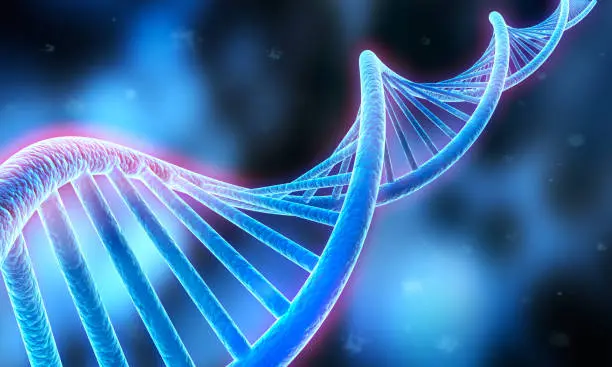Home Paternity Testing Advances: Convenient Genetic Relationship Verification

The development of paternity testing is a significant advancement in science, allowing individuals to determine a child’s biological father. In the past, paternity tests required a special laboratory or clinic visit. In recent years, technological and scientific advances have made it possible to home DNA tests. This is a convenient and easy way to verify a genetic relationship. In this article, you will learn about the technological advancements of home paternity screening, its benefits, limitations, scientific principles, and more.
Evolution of Paternity Testing
Paternity Testing has a long and rich history dating back to when blood types were the primary testing method. DNA analysis technology has evolved over the years to revolutionize the field. DNA-based testing is now the gold standard for paternity confirmation. DNA-based test samples were collected in the clinical setting at first. Technology advancements have made the process more efficient. This allows for at-home options.
How Does Home Paternity Testing Work?
Home DNA tests use the same scientific methods as laboratory-based tests to determine genetic relationships between a child and a father. The testing procedure involves collecting DNA from the child, the alleged paternal, and, if applicable, the mother. These samples usually come from buccal scrapes used to collect DNA-containing cheek cells.
Once the samples have been collected, they will be sent to a certified laboratory to analyze them. In the lab, the DNA extracted is analyzed using techniques including Polymerase Chain Reaction Analysis (PCR) and Short Tandem Repeat analysis (STR). PCR amplifies specific DNA regions, while STR analyses clear genetic marks that differ between individuals.
The laboratory will compare the DNA profiles to see if there is any genetic relationship. The laboratory compares the genetic markers of the child and the alleged father. Results are then reported as a probability of paternity.
Aspects of Paternity Testing at Home
It is a popular alternative to traditional DNA paternity tests. Some of the major advantages include:
Home paternity: DNA testing is convenient: Individuals can collect DNA samples in their homes. It eliminates waiting, appointments, and travel associated with traditional laboratory-based testing.
Affordability: Home paternity tests can be more cost-effective than laboratory tests. A clinic visit and professional sample collection costs are separate from the price.
Privacy: A paternity test at home offers maximum privacy since individuals can collect their samples without the need for third parties. This is very useful when dealing with sensitive family situations.
Results within a reasonable timeline: Results of paternity tests at home are usually provided promptly. The turnaround time for testing may vary from provider to provider but is generally between a week and a month.
Conclusion
PaternityUSA paternity test is a popular and reliable way to confirm genetic relationships. Thanks to technological advances and DNA testing techniques, accurate and reliable tests can be conducted at home. While home paternity screenings offer many benefits, individuals must know their limitations. If you choose an accredited provider with experience, you can feel confident about the results. You will also have more clarity on your genetic relationship. Paternity screening can provide valuable insight, aid in legal proceedings, and facilitate emotional closure.

